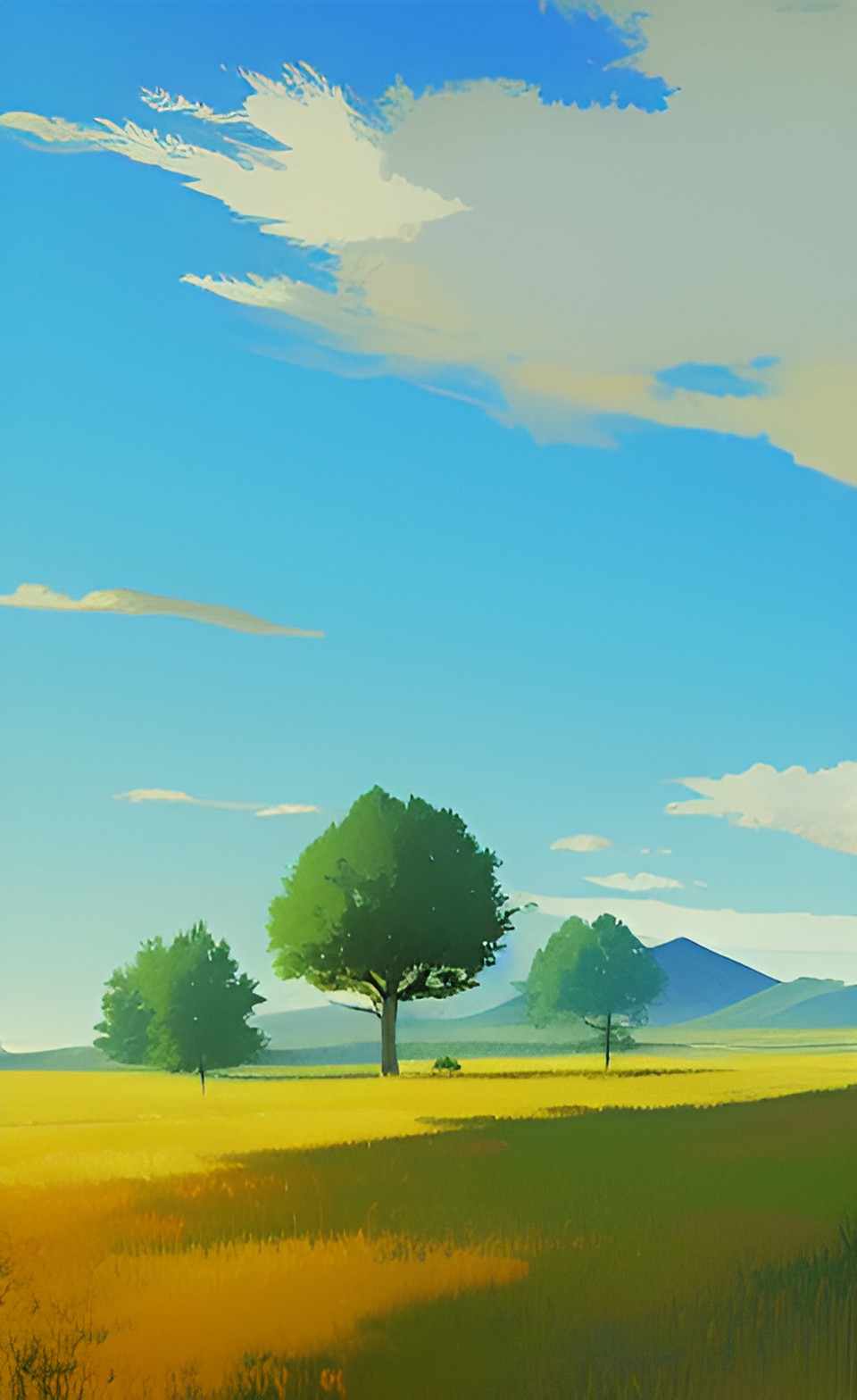Size:
Large
Type:
Animal
Form:
ungulate, heavy
Temper:
peaceful
# App:
Lair:
Diet:
Combat Dice:
0
Hit Points:
25 + 1d10
Attack Rank:
0
Passive Defense:
0
Active Defense:
Damage Reduction:
0
Role:
brute
Ground:
30
Climb/Arboreal:
Flight:
Swim:
Benthic:
Burrow:
Ethereal:
[no actions/abilities/traits are in the database for this creature]


